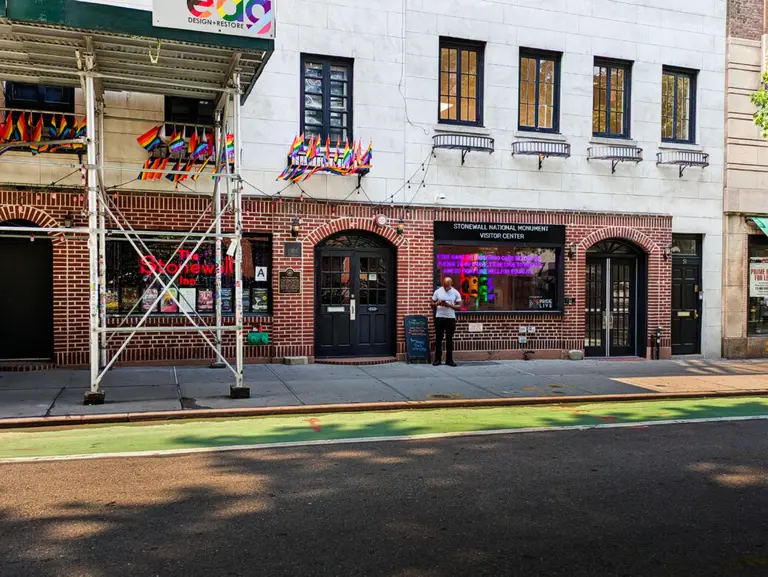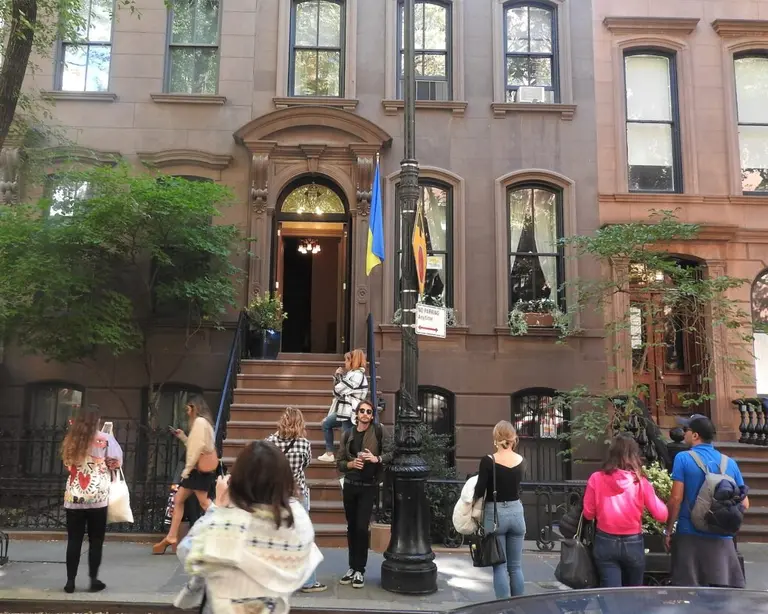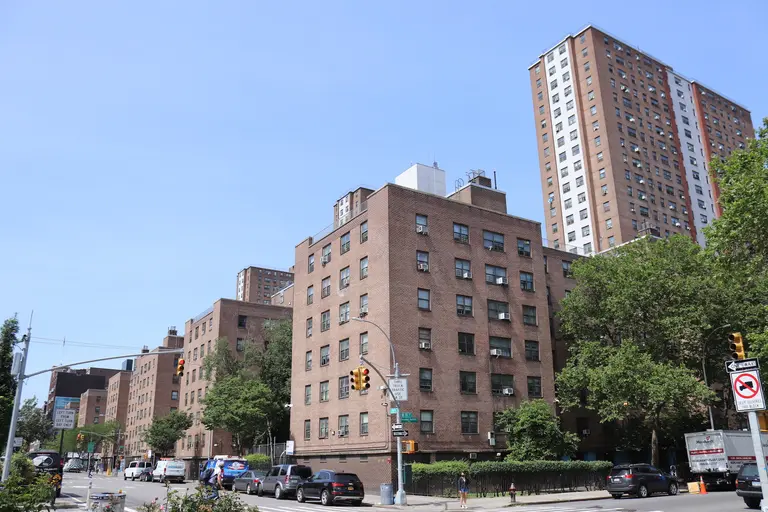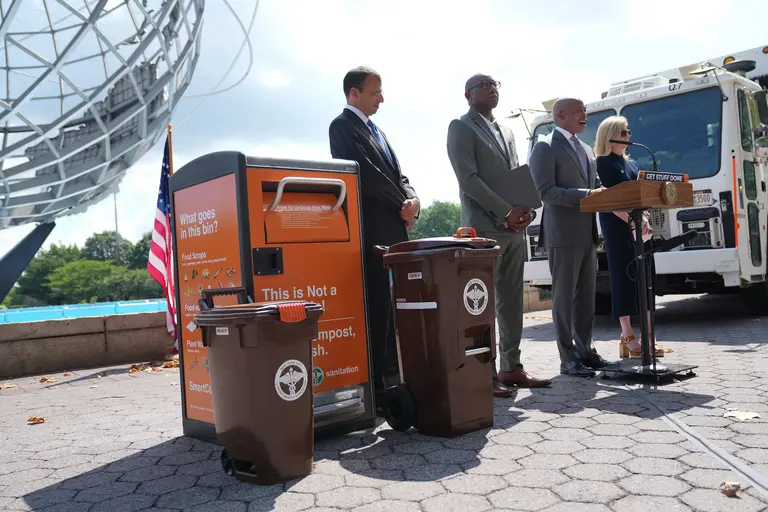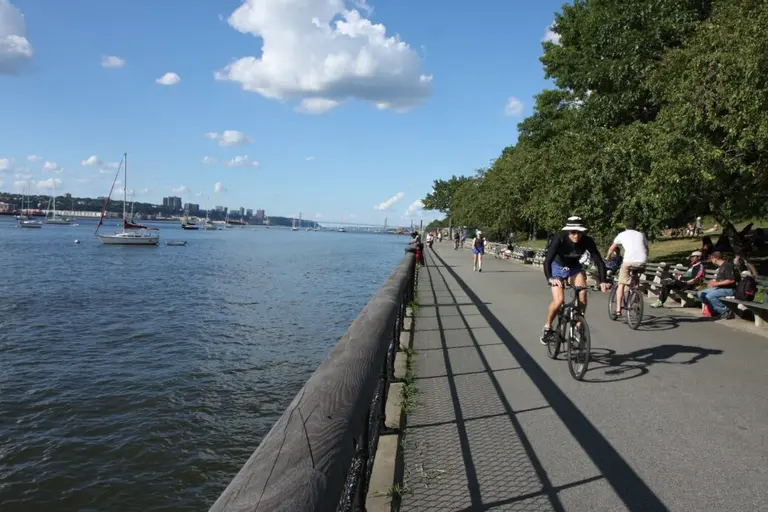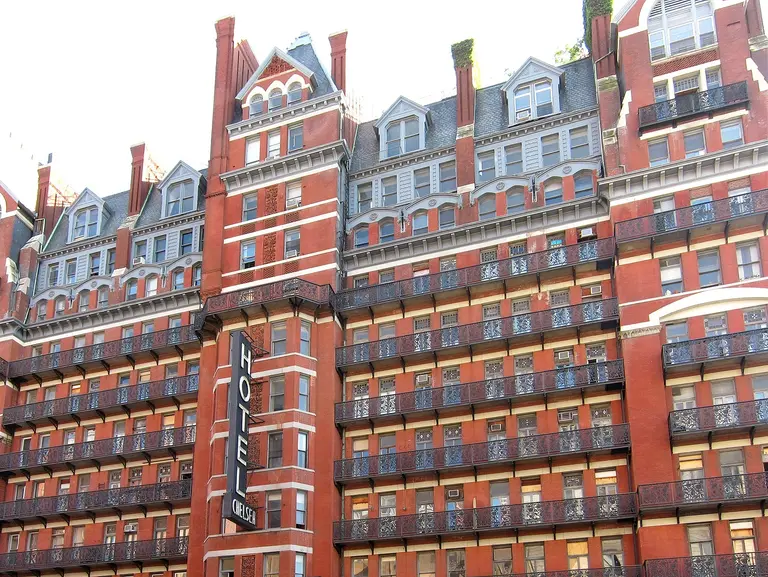LPC calendars six sites linked to New York City’s LGBT history for possible landmark status
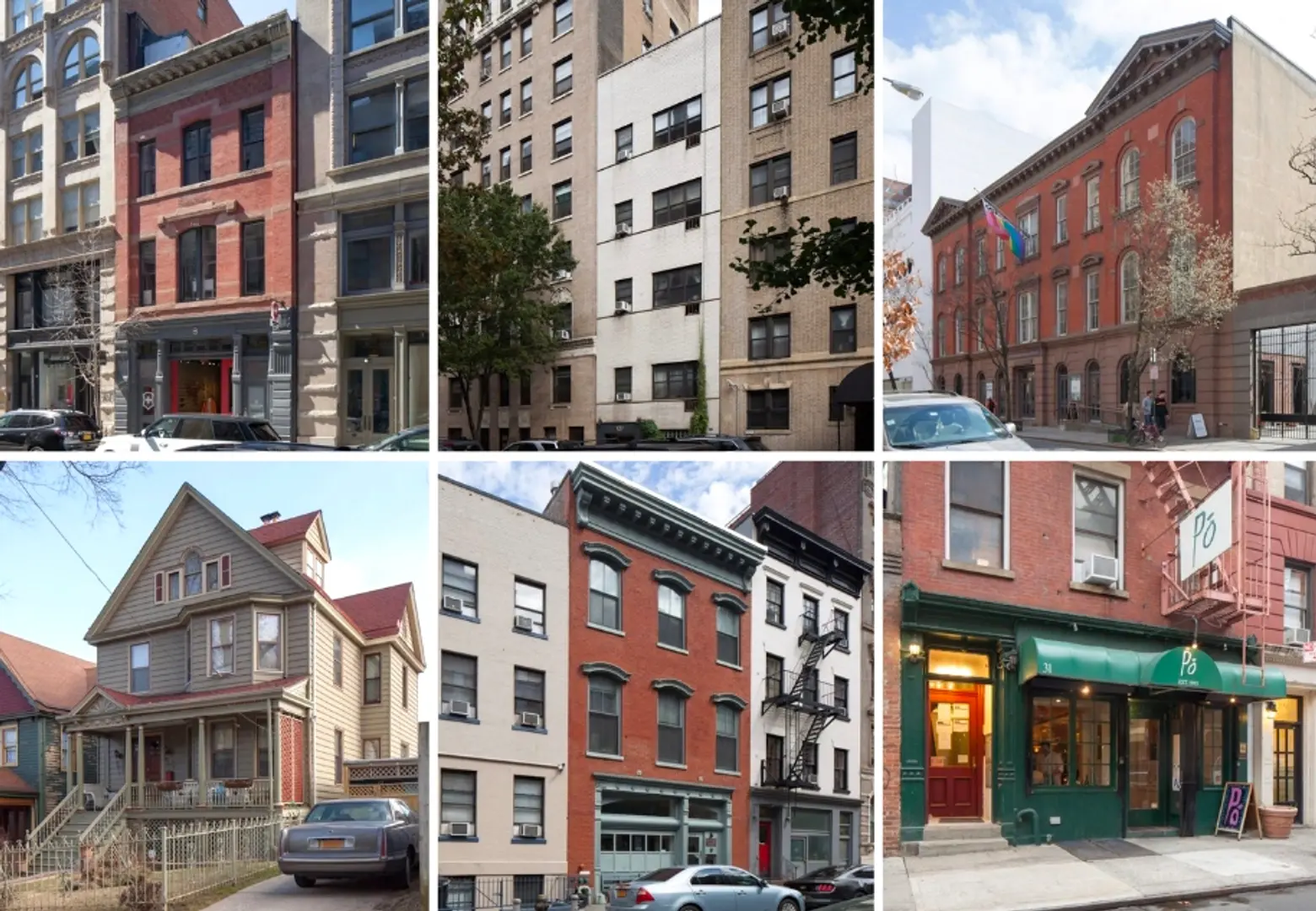
Top, left to right: GAA Firehouse, James Baldwin Residence, LGBT Community Center; Bottom, left to right: Audre Lorde Residence, Women’s Liberation Center, Caffe Cino; All photos courtesy of NYC LGBT Historic Sites Project
The city’s Landmarks Preservation Commission voted on Tuesday to calendar six individual sites related to the history of the lesbian, gay, bisexual and transgender (LGBT) community in New York City. The proposed landmarks highlight both groups and individuals who have advanced the LGBT rights movement by providing structure for community and political support, as well as raising public awareness. The commission’s decision to calendar the sites comes ahead of next month’s 50th anniversary of the Stonewall uprising and NYC’s annual Pride celebration. LPC Chair Sarah Carroll said on Tuesday a public hearing to discuss the sites will be held June 4.
The calendared sites include the Gay Activists Alliance Firehouse at 99 Wooster Street, the Women’s Liberation Center at 243 West 20th Street, the Lesbian, Gay, Bisexual & Transgender Community Center at 208 West 13th Street, Caffe Cino at 31 Cornelia Street, a home owned by James Baldwin at 137 West 71st Street in Manhattan and the Staten Island home of Audre Lorde at 207 St. Paul’s Avenue in Staten Island.
The sites were proposed for landmark status based on recommendations by the NYC LGBT Historic Sites Project in a February meeting with the commission and a representative from the City Council Speaker Corey Johnson’s office.
“We’re immensely proud of our work and pleased that it could be used by the Commission to establish the significance of these six sites, which we hope represent the beginning of continued recognition of LGBT sites as significant to New York City and American history,” said Ken Lustbader, co-director of the NYC LGBT Historic Sites Project.
In an Italianate-style tenement building on Cornelia Street in Greenwich Village, Caffe Cino served as the first Off-Off-Broadway theater between 1958 and 1968. During this time, it was against the law to depict any homosexual themes on stage. Run by Joe Cino, a gay man, Cafe Cino became one of the first safe places for gay artists to perform and as a platform for emerging gay playwrights. The building, which was first built in 1877, remains relatively intact and includes the recessed store-front entrance, the LPC noted.
The LPC calendared the site of the Gay Activists Alliance (GAA) headquarters in Soho, a former firehouse by the group between 1971 and 1974. Following the Stonewall uprising, the LGBT community needed a place to meet and plan events.
At the firehouse on Wooster Street, which was built in the 1850s and later designed in 1881, the GAA lobbied for fair employment and housing laws and planned their famous “zap” tactics, which included confronting elected officials about LGBT rights in public. Although the GAA disbanded in 1981, many likeminded groups formed after, including the Lesbian Feminist Liberation and the Gay Men’s Health Project.
An Anglo-Italianate former firehouse on West 20th Street housed the Women’s Liberation Center from 1972 to 1987. Designed by Charles E. Hartshorn, the center served those who wanted to find common ground between the LGBT and feminist movements. The center also was home to the Lesbian Switchboard, which provided mental health help and information on events to the lesbian community.
The LPC is considering calendaring The Lesbian, Gay, Bisexual, and Transgender Community Center at 208 West 13th Street, a former public school built in 1869. The LGBT Community Center has been located at the two-story building since 1983 and continues to provide necessary services for the community to this day.
And two residences of notable LGBT New Yorkers were calendered Tuesday: James Baldwin’s Upper West Side home and Audre Lorde’s house on Staten Island. Baldwin bought his home at 137 West 71st Street in 1965; four years prior the 1890s building was altered to move the facade forward. He had lived in the ground-floor apartment, with his family in apartments above him. The home became a hub for black writers, including Amiri Baraka and Toni Morrison.
Self-described, “black, lesbian, feminist, mother, poet warrior,” Audre Lorde lived with her partner at a Neo-Colonial home on Staten Island from 1972 to 1987. During this time, Lorde published many notable works, battled cancer, and became a known activist for both black and LGBT rights.
The Historic Sites Project is the first initiative to document historic and cultural sites associated with the lesbian, gay, bisexual, and transgender community in the five boroughs. The ongoing project is working to continuously add sites from between city’s founding in the 17th century to the year 2000 that reflect the LGBT community’s ethnic and geographic diversity. The organization is also nominating sites to the National Register of Historic Places for their significance to LGBT history or amending existing nominations to reflect this history.
RELATED:

